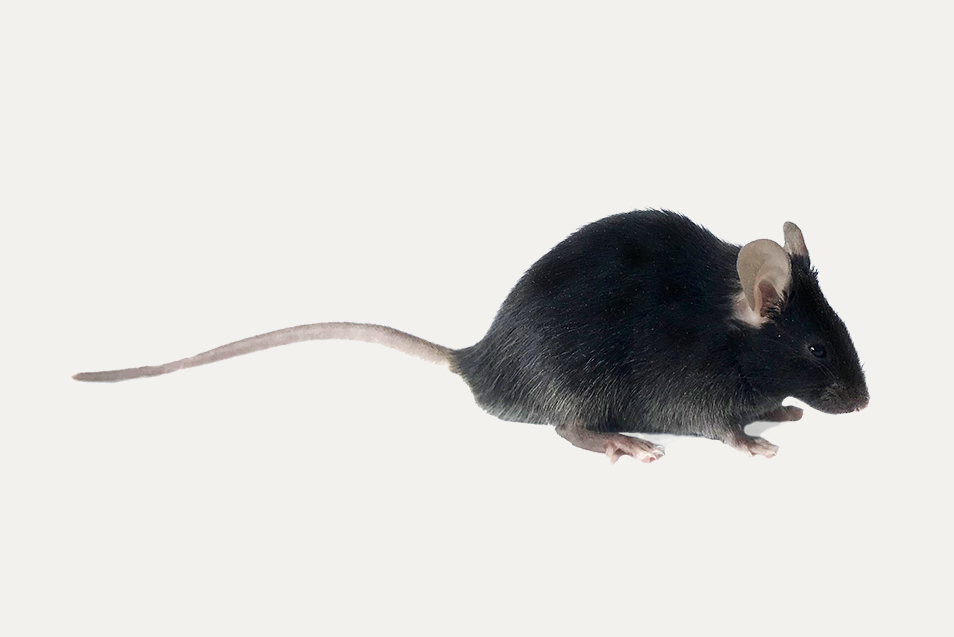BRGS TSLP mouse
Immunodeficient mouse for immunology and oncology research


Model characteristics
Strain name:
C-Rag2tm1-Il2rgtm1-SirpaNOD- Tg(Tslp)/Rj
Type:
Mutant inbred mouse
Origin:
Institut Pasteur, France, 2022
Colour and related genotype:
Albino mouse
Performance de reproduction :
Description of our model and application areas
The BRGS TSLP strain is a highly immunodeficient inbred model with two knockout mutations in the Il2rg (interleukin-2 receptor subunit gamma) and Rag2 (recombination activating gene 2) genes and carrying a NOD background gene.
The Rag2tm1 mutation is a knockout of one of the two genes controlling the expression of recombinase activity for VDJ genes, crucial for the formation of B and T cell receptors. This absence hinders the development of these cells, resulting in a total lack of T and B lymphocytes.
The Il2rgtm1 mutation is a knockout of the gene encoding the gamma c chain, shared by several interleukins (IL-2, IL-4, IL-7, IL-9, and IL-15). This gene is essential for the differentiation and proper functioning of many immune system cells, including natural killer (NK) cells.
The combination of these two mutations, Rag2tm1 and Il2rgtm1, induces severe immunodeficiency, characterized by the absence of T, B, and NK cells. The BRGS TSLP strain also carries the NOD variant of the polymorphic Sirpa gene. This expression of the SIRPA protein on murine bone marrow macrophages allows cross-recognition with CD47 ligands on human cells, reducing phagocytosis of transplanted human cells.
Finally, this strain overexpresses the murine thymic-stromal-cell-derived lymphopoietin gent (Tslp). Upon humanization with CD34+ human stem-cells, the BRGS TSLP-HIS mice develop a full array of lymph nodes with compartmentalized human B and T cells.
Compared with other humanized models, BRGS TSLP-HIS mice have a larger thymus, more mature B cells, and abundant IL-21-producing follicular helper T (TFH) cells, and show enhanced antigen-specific responses. In addition BRGS TSLP-HIS mice developed atopic dermatitis (AD) demonstrating clinical, histological, immunological and skin commensal changes resembling human AD.
Main application and research fields
You may also be interested in these models
Research Model Catalog
〉


